Grow citrus in pots
Plucking fresh fruit from your own trees is one of life’s simple pleasures. The good news is, you don't need a sprawling orchard—with a bit of care and the right approach, you can successfully grow fruit trees in pots. Citrus trees make very appealing container subjects and they have been grown this way for centuries.
Choose citrus varieties that are forgiving and adapted to container living. Dwarf and semi-dwarf varieties are the ideal choices, as they tend to stay compact and adapt well to limited root space. The most successful citrus for pots include Meyer lemon, Tahitian lime, Kaffir lime, and mandarins. These varieties not only thrive in pots but also offer a range of flavours, perfect for culinary enthusiasts and home chefs.
Selecting the right container is a key step in ensuring your citrus trees thrive. Begin with a sizeable pot, min 40cm diameter, that allows for proper root development and drainage. Terracotta and plastic pots work well, and make sure the container has drainage holes to prevent water-logging.
Fill your pot with a high-quality potting mix. Citrus thrive with plenty of food, so in addition to the fertiliser already in the potting mix, add a handful of a slow-release fertiliser which will provide necessary nutrients for healthy growth for many months.
Citrus trees are sun lovers, requiring at least 6-8 hours of sunlight per day for optimal growth and fruit production. Place your potted citrus in a sunny location, preferably facing north or west. If you live in regions with very cold winters, move your citrus pots indoors for winter, and place them near a north-facing window.
Consistent watering is essential for citrus trees, but overwatering should be avoided. Allow the top inch of the soil to dry out before watering again. During hot, dry weather, citrus in pots need a thorough soaking every 2 to 3 days. Adjust the frequency based on climate, ensuring the soil remains consistently moist but not soggy. Use pot feet or bricks to raise the pot off the ground for best drainage. If the pot is to be moved in the winter, consider sitting it on a platform with wheels.
Feed with a slow-release fertiliser in spring and summer. Well-fed trees can stay in the same pot for several seasons.
Regular trimming helps maintain the desired shape, promotes air circulation, and encourages fruit production. Additionally remove dead and damaged branches. Keep an eye out for pests such as aphids and spider mites, and address them promptly using organic solutions or insecticidal soap.
COPING WITH COLD
Following a frosty morning the youngest growing tips of a citrus tree may turn an insipid shade of pale green, or burn to black. The colder your climate, the more you will need to protect your trees, especially in the early stages after planting.
Choose a warm sheltered spot. The sunny side of a heat absorbing concrete block wall may offer an ideal microclimate to sit your potted trees.
Water & feed in spring and summer. Healthy, well-nourished, well-watered trees are the best equipped to cope with the cold. Avoid feeding in autumn, as this promotes soft growth susceptible to frost damage.
Prune in spring. This way, the resulting new growth has time to mature and harden off before winter. Resist the temptation to cut off frost damage until after the risk of frost.
Winter wrap. Trees become more cold tolerant with age, but it’s well worth protecting young trees with frost cloth. Laying gravel or stones on top of the potting soil can also help to trap the heat.
Move inside. For centuries, in coldest climates, as in the famous ‘orangeries’ of Europe, citrus grown in pots have been brought into shelter over winter.
VARIETIES PERFECT FOR POTS
Kumquat Nagami—great foliage, habit and bright orange, tart tasting oval fruit through winter. The rind is sweet and therefore the fruit is usually eaten whole or used in preserves.
Lemonade—looks like a lemon; tastes like lemonade. Sweet with a refreshing tang, upright grower and reliable cropper with main crop in winter plus fruit through rest of the year.
Lime Bearss—a selection of Tahitian Lime chosen for heavy crops and ripening even in cooler climates. Good size, seedless, juicy fruit, ideal for drinks or cooking. Great in pots. Fruit tart when green, turns yellow when fully ripe.
Orange Harwood Late—NZ selection of Valencia orange. Bright orange flesh which is extremely juicy and nearly seedless. Summer fruit with a tangy flavour that sweetens when tree-ripened.
Tangelo Bay Gold—NZ bred citrus with juicy tangelo-like fruit that peels easily; virtually seedless. Attractive foliage, perfumed flowers and spring fruit. Great for a patio pot or prominent garden placing.
Mandarin Aoshima—late-maturing satsuma mandarin. Large, attractive fruit with a smooth textured rind. Vigorous grower, precocious & reliable bearer. Hardier than most citrus once established. Great for container growing.
Mandarin Bay Sweetie—NZ bred mandarin hybrid with easy peel, sweet and juicy, delicious winter fruit. High health, attractive foliage and showy perfumed flowers. A winner for sunny garden situations.

1-Mar-2024
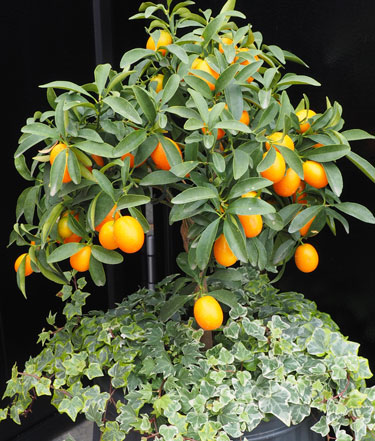
Kumquat in a pot
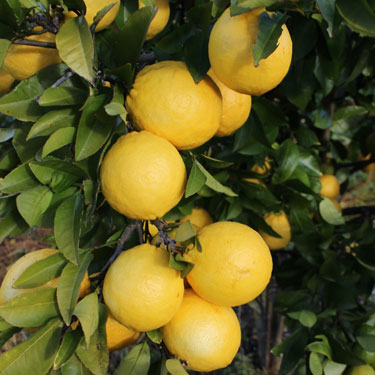
Lemonade
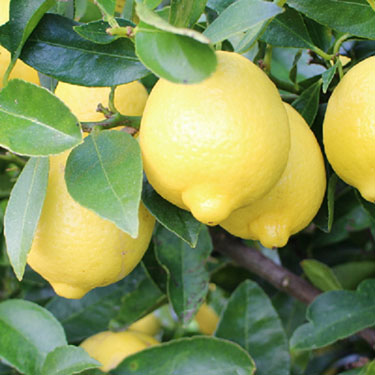
Lime Bearss
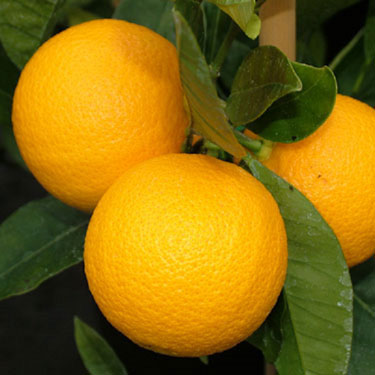
Orange Harwood Late
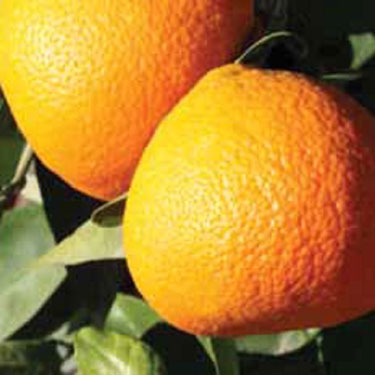
Tangelo Bay Gold
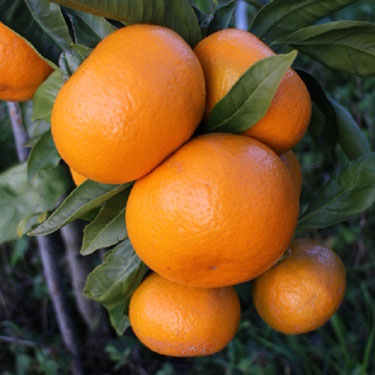
Mandarin Aoshima
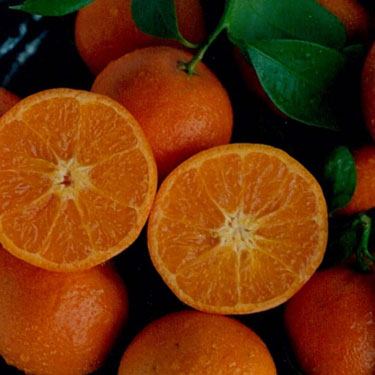
Mandarin Bay Sweetie

